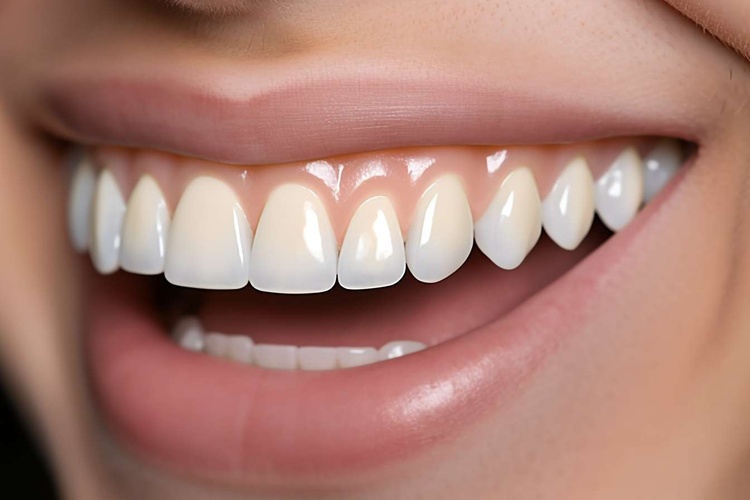Intimate Laser Hair Removal Results and Clinic Options in the US for 2025
Did you know intimate laser hair removal now offers nearly painless sessions with 80-90% lasting hair reduction after just 6-8 treatments? Learn how latest FDA-cleared multi-wavelength lasers and expert clinics make this safe, effective, and cost-efficient for all skin types in the US.

Understanding Intimate Laser Hair Removal and What to Expect in 2025
Laser hair removal works by directing concentrated light absorbed by melanin in hair follicles, which converts into heat to reduce future hair growth. The intimate area, such as bikini or Brazilian zones, has delicate skin and denser nerve endings, which traditionally posed challenges for laser treatment. New technologies in 2025, including multi-wavelength lasers like the Soprano Titanium and AresSmart® DL500, combine wavelengths (755nm, 808nm, 940nm, 1064nm) to accommodate various skin tones, including tanned and darker skin types.
These systems integrate cooling mechanisms—such as ICE Plus and Sapphire Dual Chill Tips—that help protect the skin before, during, and after laser pulses. These features are designed to minimize discomfort and reduce risks of skin irritation or burns. Many clients describe mild sensations similar to a brief snap or pinch, with discomfort levels generally decreasing over sessions. Treatment times typically range from 5-10 minutes for small bikini areas to about 20-30 minutes for full Brazilian areas.
Treatment Protocols for Achieving Hair Reduction
- Number of Sessions: Multiple sessions (commonly 6-8) are usually required to correspond to hair growth cycles.
- Timing: Sessions are typically spaced 4-8 weeks apart to target hair follicles during active growth phases.
- Effectiveness: Many clients observe substantial hair reduction after the recommended sessions, with some opting for occasional touch-ups to maintain results.
- Areas Treated: Treatment options include the bikini line (the area outside the panty line) and full Brazilian (covering the entire pubic region), with larger areas generally incurring higher costs.
Preparing for Treatment and Post-Care Recommendations
Achieving optimal results and minimizing side effects involves following specific preparation and aftercare guidelines:
Preparation Before Sessions
- It is advisable to shave the treatment area about 24 hours before sessions to improve laser targeting.
- Avoid waxing, plucking, or using chemical depilatories for several weeks prior, as these can affect treatment effectiveness.
- Limit sun exposure, tanning beds, and self-tanning products for at least two weeks before treatment.
- Temporarily discontinue retinoids and exfoliating products several days before sessions, due to increased skin sensitivity.
- If possible, schedule treatments considering hormonal cycles, as sensitivity may vary.
Post-Treatment Care
- Mild redness or swelling may occur, generally resolving within a few hours to a couple of days.
- Use soothing, fragrance-free creams as advised by your provider.
- Avoid exposure to intense heat sources such as hot baths or saunas and minimize heavy sweating for a short period following treatment.
- Wear loose-fitting clothing to prevent irritation.
- Apply broad-spectrum sunscreen SPF 30 or higher when outdoors to protect treated skin.
- Between sessions, avoid waxing, plucking, or depilatory use.
Costs and Financial Considerations in 2025
Prices for intimate laser hair removal can vary depending on the technology used, clinic location, treatment area, and package options:
- Bikini line treatments: Generally range from $200 to $350 per session, with package options typically around $1,000 to $1,750 for six sessions.
- Full Brazilian treatments: Sessions may cost between $300 and $450, with packages around $1,500 to $2,250.
- Overall expenses for intimate laser hair removal usually range roughly from $500 to $3,000.
While laser hair removal can involve a higher initial investment than shaving or waxing, it may reduce ongoing hair removal costs over time. Some clinics provide financing, memberships, or discounts on multiple sessions, and Health Savings Accounts (HSAs) might be applicable subject to provider policies.
Considering Clinic Options in the US
Many clinics across major US cities offer intimate laser hair removal using current technologies. To make an informed decision, consider the following:
- Technology: Use of FDA-cleared devices with multi-wavelength lasers and integrated cooling features.
- Certification: Technicians holding recognized certifications relevant to laser hair removal.
- Experience: Providers familiar with intimate and sensitive area treatments.
- Consultation Procedures: Comprehensive evaluations including skin assessment, medical history, and test spots.
- Client Feedback: Verified experiences indicate a range of outcomes and satisfaction levels.
Some clinics, such as Capri Med Spa in California, utilize advanced systems like the Soprano Titanium, but many other clinics also employ effective technologies.
Effectiveness Across Various Skin and Hair Types
Multi-wavelength laser systems are designed to be safe and effective for a wide spectrum of skin tones, including darker Fitzpatrick types IV-VI. The Nd:YAG wavelength (1064nm) is commonly preferred for darker skin to minimize pigment disruption, while Alexandrite (755nm) and diode lasers are typically suitable for lighter skin tones.
Laser treatments tend to be less effective on hair colors with low melanin, such as blonde, red, gray, or white hair. Individuals with these hair colors may require alternative hair removal approaches.
Client Feedback and Safety Considerations
Reported client experiences often include:
- Noticeable reduction in hair growth over time.
- Fewer occurrences of ingrown hairs.
- Generally mild discomfort, often rated lower compared to waxing.
- Positive feedback about skin smoothness and irritation levels.
Common side effects are usually minor and short-lived, such as redness or mild swelling. Serious complications such as burns or scarring are rare when treatments are conducted by qualified professionals.
Current medical literature does not support an increased risk of cancer from laser hair removal in intimate areas.
Summary
Intimate laser hair removal in 2025 in the US incorporates advanced technology and improved safety features aimed at providing effective hair reduction across various skin types. Treatment schedules and costs vary, and selecting qualified providers is important for care quality. Prospective clients are encouraged to consult with multiple clinics, review practitioner credentials, and learn more about treatment options to determine the best fit for their individual needs.
Sources
- Capri Med Spa: Pubic Area Laser Hair Removal
- Glow Up Med Spa: Laser Hair Removal in 2025
- My Own Spade: Expert Bikini Laser Hair Removal
Disclaimer: All content, including text, graphics, images and information, contained on or available through this web site is for general information purposes only. The information and materials contained in these pages and the terms, conditions and descriptions that appear, are subject to change without notice.




